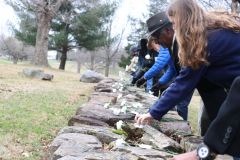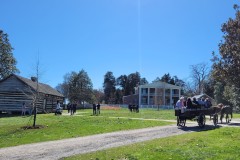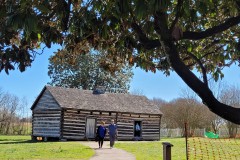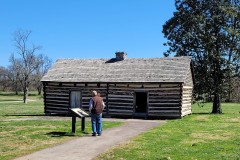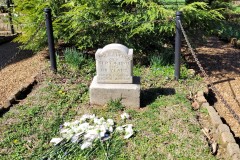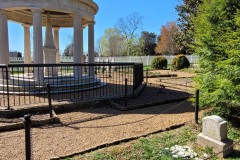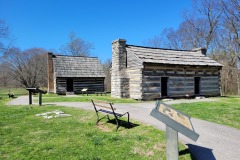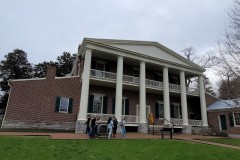Alfred’s Cabin and President Jackson’s Mansion in Tennessee
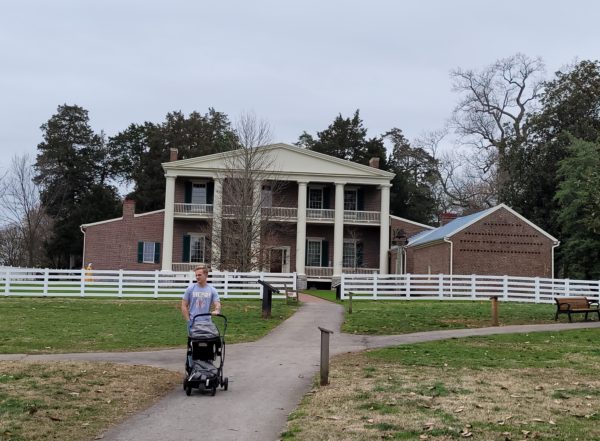
Chronicle of a visit to The Hermitage, Andrew Jackson’s family residence, museum, and national historic landmark
By Vicente Morin Aguado
HAVANA TIMES – Alfred was probably crawling when Andrew Jackson bought 425 acres near Nashville in 1804, founding one of the largest plantations in Tennessee, which he baptized, along with his wife, Rachel Donaldson, The Hermitage. Surrounded by Canadian firs, in the quiet garden on the side of the master’s mansion, lie the three characters of our story.
He was a young ambitious lawyer, energetic and an avid reader, who had held important positions in an emerging country: House of Chambers representative, General of the Militia, then Senator, of all of Tennessee, which entered the Union in 1796, when he was just 29 years old.
A decade before setting up this farm, he bought a young black woman called Hannah with her daughter Betty, and the mother and daughter went on to cook for the future 7th US president for over half a century. Betty was very young when she married the carpenter Ned, another slave, whose relationship gave birth to Alfred.
According to the “Partus sequitur ventrem” law, the children of slave mothers were born slaves. Two books from my childhood come to mind: Uncle Tom’s Cabin, and The Adventures of Huckleberry Finn; the latter still makes me want to live out my teenage dreams of living on a Mississippi island.
This uncle with many nephews and nieces regardless of blood ties, went into the next century with the precarious freedom of a newly free black man in the US. Rachel Jackson died on December 22, 1828, when her newly-elected president husband still hadn’t been sworn into office. General Andrew, hero of the famous Battle of New Orleans – January 1815 – which consolidated the independence of the young US Republic, passed away in his Tennessee mansion on June 8, 1845.
On May 5, 1863, Union troops occupied The Hermitage, when Nashville surrendered to Emancipation supporters. A soldier by the surname Taylor described the place, whose impressions are striking because of how much they match my own after having visited it:
“The carriage path is heavily lined with pine trees, cedars and other trees that date way back, which practically cut the sun from touching the ground. There are gravel pathways that lead anywhere a person would like to go. Then, we went to the garden that is located east of the house, and it’s full of all kinds of bushes and flowers. It also runs in every direction which makes it even more beautiful and I’ve never seen a garden designed like this before.”
Renovations restored the Jacksons’ mansion back to its 1837 state, when the former president left the White House and withdrew from actively serving in political life. The civil war established the end of shameful slavery, which along with the decline of the cotton boom in the first half of the century, plus the poor administration of heirs, led to the ruin of a plantation that was once prosperous, and had as many as 161 slaves when its founder passed away.
Credit goes to the museum for depicting the many sides of the highly controversial and also praised seventh White House resident, who got toilets installed in the presidential living quarters, as one of lots of “first historic things”. I can’t really imagine how the distinguished occupants of this emblematic place got by without them. Etiquette in Washington prevails in the former president’s private residence, where we are engulfed by a bucolic atmosphere, that contrasts with its owner’s restless warrior’s spirit.
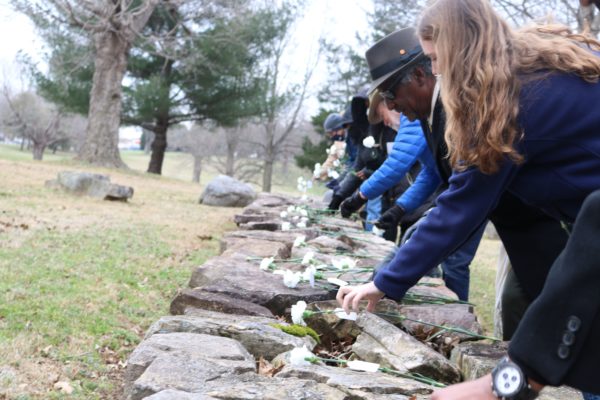
Just as important are the vast facilities open to the public who are invited to walk around and recover the forgotten memory of a hundred servants who lived there, subjected to the most awful of human conditions, the loss of freedom.
In addition to the guides’ professionalism, every step is accompanied by plenty of information, displayed on posters that combine photos with eloquent texts and photocopies of documents. In the souvenir store, there are publications that would shock Cuban visitors: denunciations of slavery, the wars that dispossessed the native Americans from their land and different views on Andrew Jackson’s controversial personality.
It’s painful to go back in time and space, to understand an era so far from our own. Jackson is promoted as “The people’s president.” A famous quote from one of his speeches says: “We are the freeborn sons of America; the citizens of the only republic now existing in the world; and the only people on earth who possess rights, liberties, and properties they dare call their own.”
There were over two million human beings during his time in office, including approximately 150 under his own personal domain, who couldn’t subscribe to such words. The distinguished public speaker, slave owner, never considered granting them their freedom.
Word has it, and there is proof, that he took care of his slaves’ wellbeing. The owner of lives and estate was also a tireless worker. He was nicknamed “The Old Hickory”, which went on to mean a stubborn, rough and forceful man. A long street in Nashville, which was transformed into the highway that takes us to The Hermitage, still holds onto this name, and also refers to the tough and resistant Walnut wood.
Several cabins that were slave residences have been rebuilt, the first is seen when you cross through the mansion’s gate, which belonged to Alfred who lived into his nineties. We know the lives of some workers, thanks to archaeological evidence. It’s a well-known fact that they had large families because owners promoted marriage and used the preservation of these unions as a weapon of persuasion to keep them in check, good and loyal servants. They had plenty of food, according to excavations, as well as testimonies from survivors, along with different documents.
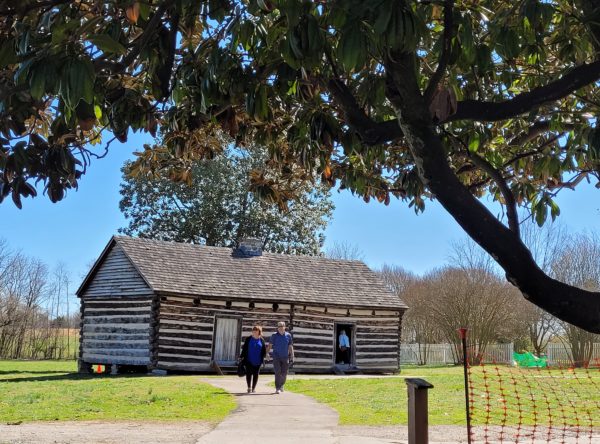
This workforce was expensive, archives indicate that it cost 450-500 USD for a slave at the time. In comparison, you’d pay 40-50 USD for a horse in 1820 and a carpenter’s wage in Tennessee was 40 USD per month.
Andrew was left in serious financial trouble when he took over the new property in 1804. He lived in a homemade two-story wooden house for years, then he cut off the ground floor, as his slaves lived there. You can see the difference between his and his slaves’ lifestyle just by looking at supplies inside.
There’s nothing that would surprise us from this son of immigrant Irish parents, an orphan at 14, a Presbyterian by confession, a professional military man and cotton farmer.
A daring woman called Rachel, the first lady of the US that never became such, waits for us at The Hermitage, as does a hardened general cut at the time, and a lot more admirable, the hundreds of men, women and children condensed in Uncle Alfred, who had the privilege of becoming the museum’s first tour guide, when it was inaugurated in 1891.
I’m sure those buried on these lands probably read this epitaph from the Bible:
Vanity of vanities, saith the Preacher, vanity of vanities; all is vanity. What profit hath a man of all his labor which he taketh under the sun? One generation passeth away, and another generation cometh: but the earth abideth forever. (Ecl:2-4)
—–
NOTE: Thanks to Pamela Miner, M.A.| Vice President, Collections | Ann Dee McClane, M.S., PCM | Vice President, Marketing & Communications Andrew Jackson’s Hermitage, for their contributions to this article.


